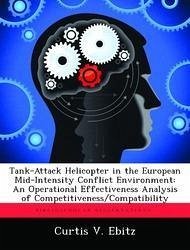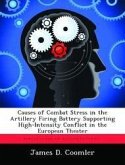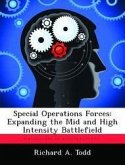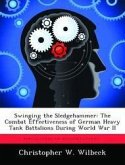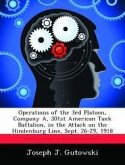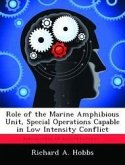The problem undertaken in this thesis is to determine whether or not the main battle tank or attack helicopter is competitive or compatible anti-armor weapons systems in a European mid-intensity conflict environment. The genesis of the problem resides in the quantitative imbalance of main battle tanks that exist between the forces of NATO and the Soviet-led Warsaw Pact. This imbalance was assessed initially by comparing the Lanchesterian square law with direct empirical plots of historical via-loss results. It was determined that combat success can be independent of force ratios provided the numerically inferior force possesses a qualitative advantage. From this juncture, qualitative advantage was measured by use of an operational effectiveness analysis model. In operationalizing this model, the systems design and combat performance of the M60Al main battle tank and TOW Cobra attack helicopter were tested to determine if either was the superior anti-armor weapons system. The overall conclusion drawn from the operational effectiveness analysis is that the main battle tank and attack helicopter are not competitive anti-armor systems in that neither affords a marked advantage over the other. Instead, they are highly compatible anti-armor systems that are best employed using offensive principles where their mobility, firepower, and survivability can be optimized.

